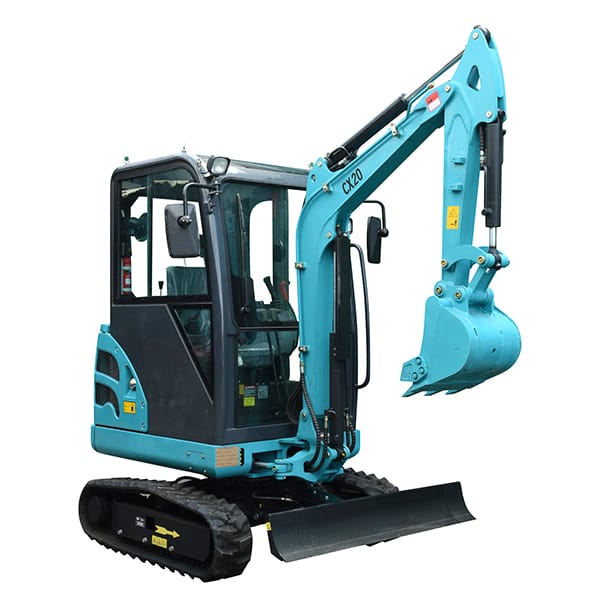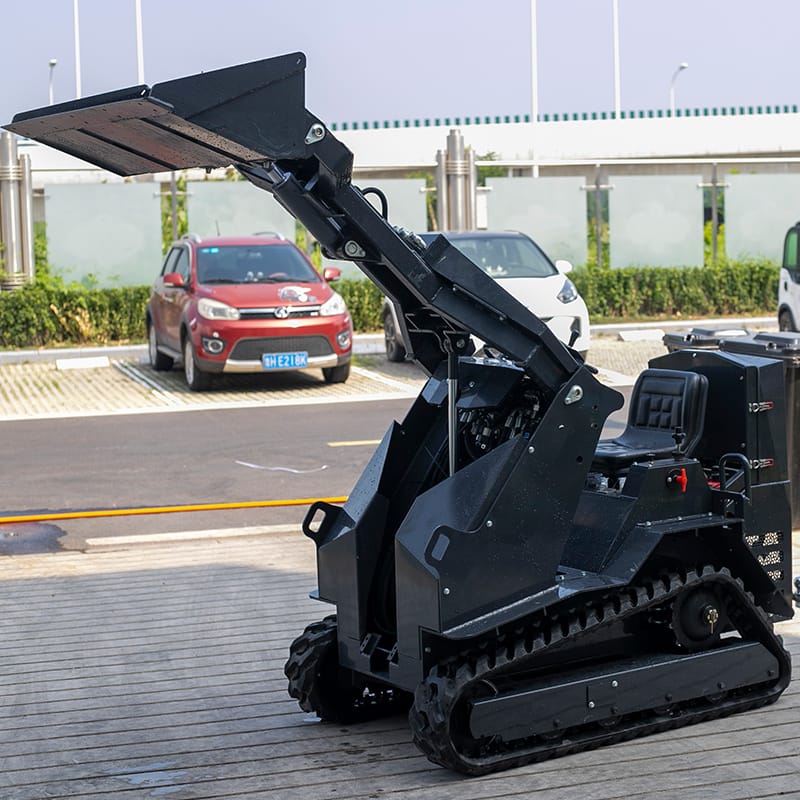Abstract
This article comprehensively analyzes the types, shapes, weights, materials and uses of excavator parts, and provides a detailed replacement guide. As the core equipment of construction machinery, the performance of excavator accessories directly affects the working efficiency and equipment life. The article systematically introduces five categories of working device parts, power system parts, hydraulic system parts, traveling system parts and electrical system parts, and elaborates on the shape characteristics, weight range, material selection of each type of parts and their functional role in the excavator. For key accessories such as bucket teeth, hydraulic pump, track plate, etc., professional replacement steps and precautions are provided to provide practical reference for construction machinery maintenance personnel.
Keywords excavator parts; construction machinery; parts material; parts replacement; equipment maintenance
Introduction
As an indispensable heavy machinery and equipment in modern engineering construction, the performance and service life of excavators largely depend on the quality and maintenance status of accessories. Understanding the types, characteristics and replacement methods of excavator parts is important for improving construction efficiency and reducing operating costs. The purpose of this paper is to provide a comprehensive excavator parts reference for construction machinery operators, maintenance technicians and related practitioners, to help readers understand the characteristics of various types of parts and master the correct replacement method.
First, the excavator parts type overview
Excavator parts can be divided into five categories according to their functions: work unit parts, power system parts, hydraulic system parts, traveling system parts and electrical system parts. Work device parts include bucket, bucket teeth, bucket rods, rocker arm and other parts directly involved in excavation operations; power system parts cover the engine and its related components such as filters, turbochargers, etc.; hydraulic system parts are mainly hydraulic pumps, hydraulic cylinders, control valves, etc.; walking system parts include tracks, supporting wheels, drive wheels, etc.; electrical system parts involve various types of sensors, controllers and wiring harnesses and other electronic components.
Second, the shape and weight characteristics of excavator parts
The shape of excavator parts is closely related to its function. Bucket is curved design to facilitate the loading of materials, the weight of dozens of kilograms to several tons; bucket teeth for the sharp conical or angular, a single weight is usually between 5-15 kg; hydraulic cylinders are long cylindrical, the length of up to several meters, the weight of dozens of kilograms to hundreds of kilograms; track plate for the flat plate link structure, a single piece of weight of about 15-30 kilograms. Different models of excavator accessories size and weight differences are significant, small excavator bucket may only weigh 100 kg, while large mining excavator bucket can weigh more than 10 tons.
Third, the material analysis of excavator parts
Excavator parts material selection based on its working environment and force situation. Bucket teeth and bucket edges are mostly made of high manganese steel (ZGMn13) or alloy steel, which is heat-treated to obtain high abrasion resistance; hydraulic cylinder cylinders are often made of No. 45 steel or alloy structural steel, which is tempered to ensure the strength and abrasion resistance; piston rods are mostly made of nitriding steel, such as 38CrMoAl, with the surface plated with hard chrome to improve the corrosion resistance; and the crawler plates are usually made of medium-carbon alloy steel, such as 40Mn2, which is both strong and ductile; The seals are made of elastic materials such as nitrile rubber and polyurethane. Under special working conditions, such as mining operations, the key parts will use a higher level of wear-resistant materials such as Hardox steel plate.
Fourth, the main use of excavator parts
Various types of accessories play an irreplaceable role in the excavator. Bucket and bucket teeth directly complete the earth excavation and loading operations, the state of which directly affects the efficiency; hydraulic pumps and hydraulic cylinders will be converted from the engine’s mechanical energy to hydraulic energy and drive the action of the working devices; tracks and supporting wheels to support the weight of the whole machine and to provide walking function; electrical control system is responsible for the transmission of the machine’s operating commands and status monitoring. High-quality parts can significantly improve the operating efficiency of the excavator, such as wear-resistant bucket teeth can reduce the frequency of replacement, high-performance hydraulic components can enhance the speed and power of action, durable tracks can reduce downtime.
Fifth, the replacement of excavator parts
Replacement of excavator parts need to follow the standardized process and pay attention to safety matters. Bucket teeth replacement needs to be cleaned up first, using special tools or sledgehammer to knock out the pin, after installing the new bucket teeth to ensure that the pin is locked firmly; hydraulic pump replacement needs to release the system pressure, marking the location of the pipeline connection, the new pump needs to be installed after the exhaust and test run; track plate replacement needs to be parked on a flat surface, the use of jacks to lift the machine, and the disassembly and installation of the connecting pins may need to be heated. Key considerations include using the correct tools, following the manufacturer’s specified torque values, cleaning the contact surfaces when replacing seals, and using thread locker on important bolts.
Conclusion
The selection and maintenance of excavator fittings is crucial as a guarantee of normal equipment operation. This paper systematically introduces the characteristics of various types of accessories and replacement methods, but the actual application also needs to be combined with specific working conditions and equipment models to make judgments. It is recommended to establish a regular inspection system, use the original or equivalent quality of the replacement parts, and make a good replacement record. Correct parts management and maintenance can not only extend the service life of excavators, but also significantly improve construction efficiency and economic benefits. In the future, with the development of material science and manufacturing technology, excavator accessories will evolve in the direction of more durable and smarter.





